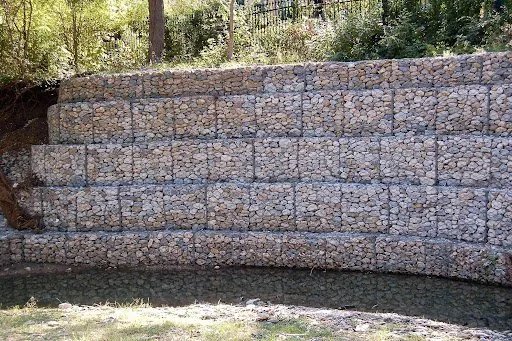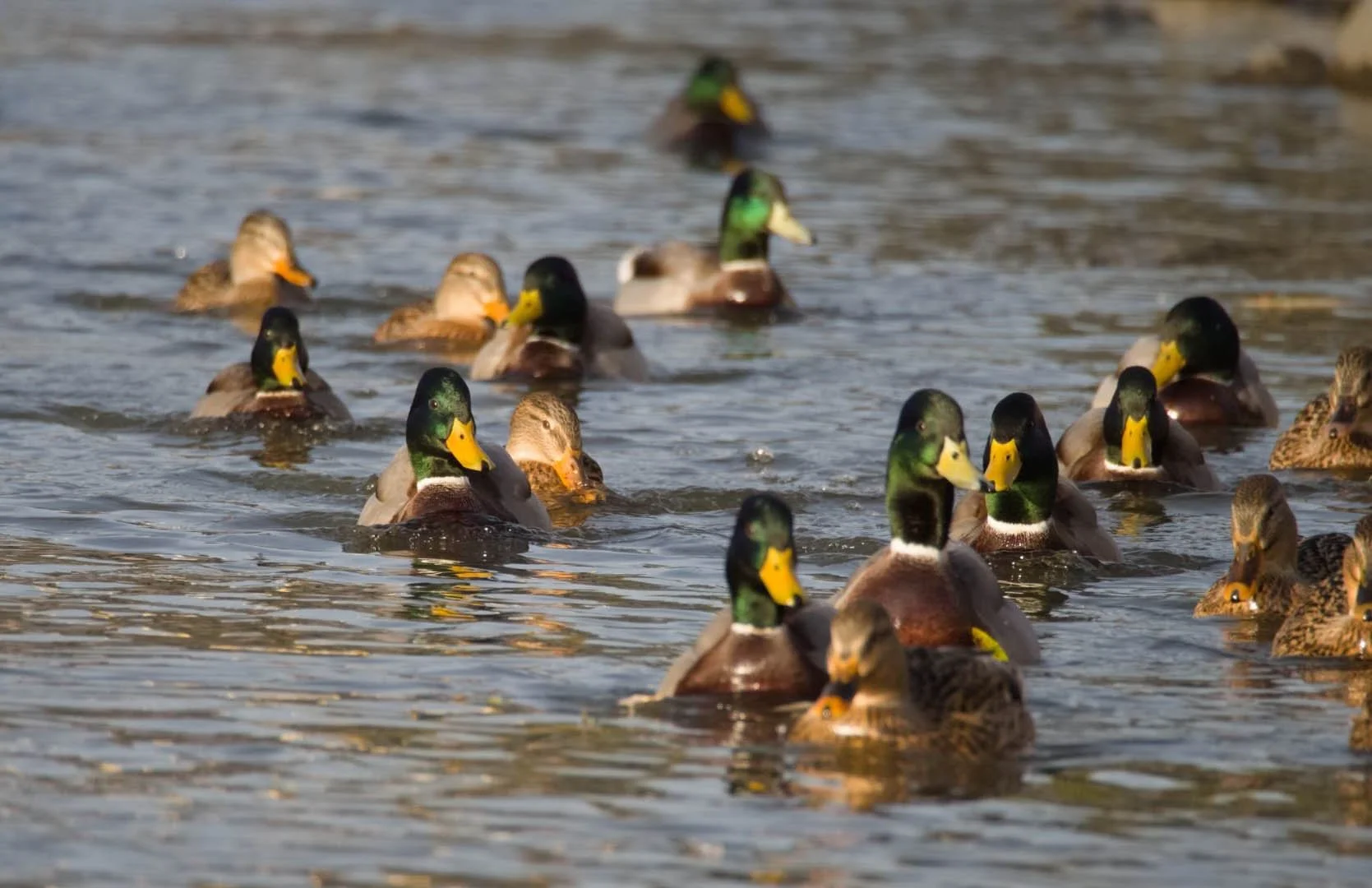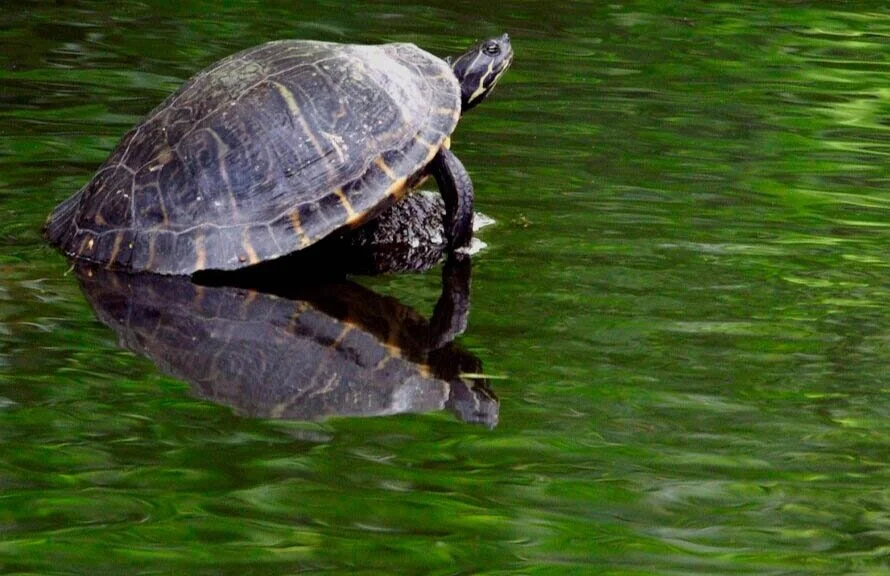“Water has a voice. It carries a message that tells those downstream who you are
and how you care for the land.” - Bernie McGurl, Lakawana River Association
Funds for restoration and stabilization of properties along Dixon Branch and East Prong Dixon Branch in Highland Meadows were included in the 2012 City of Dallas Bond Program. Funds were delayed until the fifth year of the program and work to stabilize property along Dixon Branch and East Prong Dixon Branch finally began in 2017. Funding for additional stabilization projects were included in the 2017 City of Dallas Bond program and work was completed on these projects in 2023.
Dixon Branch & East Prong Dixon Branch
Highland Meadows is fortunate to have two creeks (Dixon Branch and East Prong Dixon Branch) that wind through our neighborhood as part of the White Rock Lake Watershed. The creeks are bordered with many species of trees including Cedar Elm, Sycamore, Live Oak, Red Oak and Pecan. Our creeks provide habitat for over 100 types of birds and wildlife such as raccoons, opossums, beaver, coyote and bobcats.
In urban watersheds like White Rock Lake Watershed, much of the land is covered with impermeable surfaces such as asphalt, concrete, roofs and sidewalks that do not allow water to filter into the soil. Water flows quickly over these impermeable surfaces into storm drains. During wet weather, Dixon Branch and East Prong Dixon Branch are quickly overloaded with water causing stream bank erosion and degrading animal habitat. The water also carries everything it picks up (dirt, litter, pesticides, oil, etc) into storm drains and then, ultimately our creeks. Over the past 75 years and largely due to increased volumes of storm water runoff and poor soil management both Dixon Branch and East Prong Dixon Branch have suffered tremendously.
In 2010, Highland Meadows Neighborhood Association began working with homeowners, and various stakeholders including Texas Parks and Wildlife, Army Corp of Engineers, City of Dallas Stormwater Management and City of Dallas Floodplain Management to determine a course that would stabilize properties and restore a healthy creek eco system.
“As Texans we all have a role to play in managing our aquatic resources. Whether we know it or not, we all live in a watershed. The raindrops that fall in our lawns, fields, woods and pastures ultimately either replenish an aquifer or flow into a creek or stream. As a result, the actions we take and the decisions we make with how we use, manage, conserve and value water impact the needs of those downstream, including our fish and wildlife. Our aquifers, springs, creeks, rivers, bays, estuaries, and gulf watershed you more than ever.” - Carter Smith, executive director Texas Parks & Wildlife
A Few Things We Can Do To Protect Our Neighborhood Creeks
Remember - Anything dumped into a storm drain flows directly into our creeks - it does not get treated or cleaned.
Dispose of used motor oil responsibly - recycle it! Drain used motor oil into a clean container and take it to approved collection site.
Dispose of household hazardous waste properly. Use non-toxic alternatives. Never pour hazardous waste on the ground, in a storm drain, or an indoor drain.
Landscape with native plants and plants that adapt well to our area, they require less water and limit runoff into our creeks.
Use pesticides and slow release fertilizers properly. Some pesticides can kill fish and other animal life. Improper use of fertilizers can cause algae growth, which degrades water quality.
Don’t dump grass and yard waste into storm drains or on creek banks. Dumping anything, including tree branches, grass clippings, and yard waste, can prevent effective drainage and cause flooding.
Wash your car at a car wash. Cleaning your car at a car wash prevents the soaps, polishes, and waxes from entering the storm drains and then our creeks.
Correct erosion problems. Use landscaping and retaining walls to prevent soil from washing away silt into our storm drains and into our creeks.
Don’t discharge pool chemicals or backwash pool water into our creeks. Both chlorine and saltwater backwash is damaging to our creeks ecosystem and harmful to fish and wildlife.





